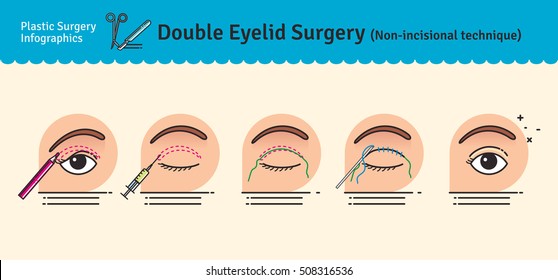The Comprehensive Overview To Refractive Lens Exchange: Crucial Info You Ought To Know
The Comprehensive Overview To Refractive Lens Exchange: Crucial Info You Ought To Know
Blog Article
Post Writer-Kincaid McLean
If you're thinking about refractive lens exchange, you possibly have a great deal of questions. This procedure might change just how you see the world, using benefits like decreased dependence on glasses. However, it's important to comprehend the process, risks, and that qualifies as an excellent prospect. Allow's explore these important aspects so you can make an informed decision concerning whether RLE is right for you.
What Is Refractive Lens Exchange and Just How Does It Work?
Refractive lens exchange (RLE) is a surgical procedure created to change your eye's all-natural lens with a synthetic one, dealing with vision problems like nearsightedness, farsightedness, or presbyopia.
During the procedure, your doctor makes a tiny laceration in the eye, removes your all-natural lens, and inserts an intraocular lens (IOL) tailored to your vision needs. This outpatient surgical procedure generally takes about 15 to 30 minutes per eye and is carried out under regional anesthesia.
You'll likely notice enhancements in your vision practically right away, though complete recovery might take a few weeks. RLE is especially advantageous for those over 40 or with high prescriptions, providing a lasting option contrasted to glasses or contact lenses.
Your eye care professional can assist figure out if RLE is right for you.
What Are the Advantages and Threats of Refractive Lens Exchange?
Selecting refractive lens exchange can lead to considerable renovations in your vision, but it's important to consider both the advantages and threats prior to choosing.
On the bonus side, this procedure can improve your sight by fixing problems like presbyopia, nearsightedness, and hyperopia. Many clients delight in reduced dependancy on glasses or get in touch with lenses, which can significantly boost their quality of life.
However, it's essential to consider potential threats. Problems can include infection, glare, or halos around lights.
There's likewise an opportunity of overcorrection or undercorrection, which might require added procedures.
That Is an Ideal Prospect for Refractive Lens Exchange?
If you're thinking about refractive lens exchange, it is necessary to understand whether you fit the account of an ideal candidate. Usually, see here now might be a good prospect if you more than 40, experience presbyopia, or have high degrees of nearsightedness or farsightedness.
It's also essential that your vision is steady, meaning your prescription hasn't changed substantially in the past year. If you have cataracts or other eye conditions, you may take advantage of this procedure also.
Nevertheless, certain factors, like unrestrained diabetic issues or autoimmune illness, might disqualify you. To determine your candidateship, seek advice from an eye care professional who can review your certain scenario and recommend the most effective course of action tailored to your demands.
look at these guys
In conclusion, refractive lens exchange can be a transformative alternative for improving your vision, specifically if you're over 40 or have a high prescription. While the advantages are substantial, it's crucial to evaluate the dangers and seek advice from your eye care expert to identify if you're an optimal candidate. With the ideal info and advice, you can make an informed decision and potentially take pleasure in a life with decreased dependancy on glasses.
